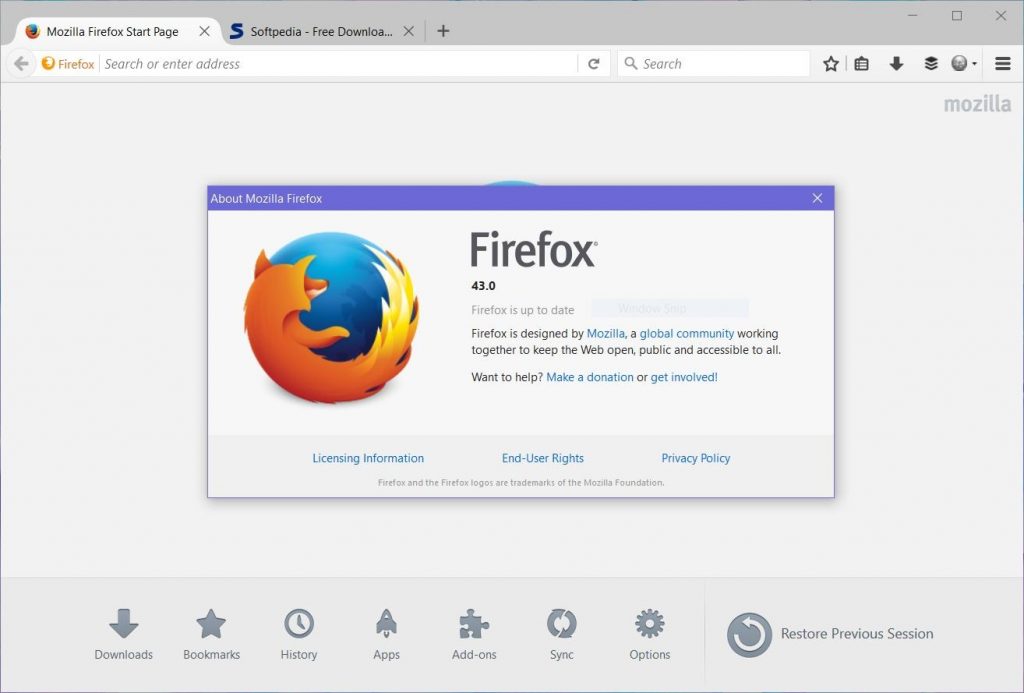
Thanks to Google’s expansion of their Safe Browsing service, Firefox 48 now extends our existing protection to include two additional kinds of downloads: potentially unwanted software and uncommon downloads. If you need to run 32-bit Firefox or manually install 64-bit Firefox, you can simply download and re-run the Windows (32-bit or 64-bit) Firefox installer from the Firefox platforms and languages download page.Protection against malicious downloads was added in Firefox 31 on Windows and in Firefox 39 on Mac and Linux. You can still manually install 64-bit Firefox, if you choose.

If you’re running 64-bit Windows ( here’s how to check), your Firefox may already be 64-bit. Linux and macOS users, fret not, you already enjoy a Firefox that’s optimized for 64-bit. Also, with the jump from 32 to 64 bits, a security feature called Address Space Layout Randomization (ASLR) works better to protect you from attackers. Here’s the key thing to know: 64-bit applications can access more memory and are less likely to crash than 32-bit applications.

What’s the difference between 32-bit and 64-bit?

How much less? In our tests so far, 64-bit Firefox reduced crashes by 39% on machines with 4GB of RAM or more. That means you get a more secure version of Firefox, one that also crashes a whole lot less. Users on 64-bit Windows who download Firefox can get our 64-bit version by default.


 0 kommentar(er)
0 kommentar(er)
